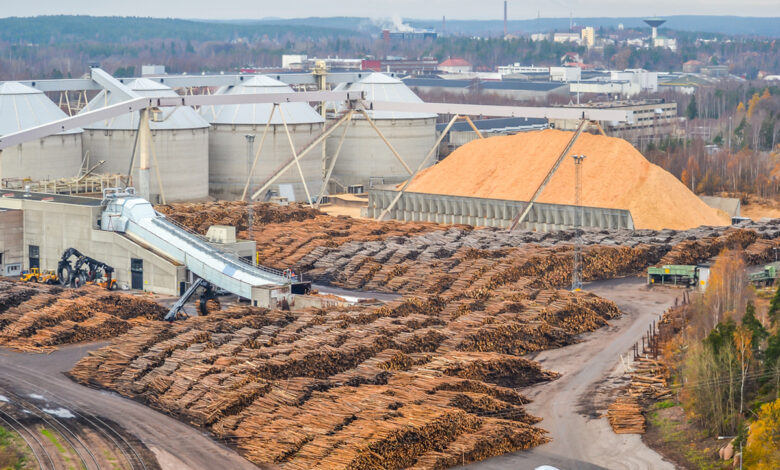
Paper is a part of our daily life; But how is this material made and where does it come from?
The ancient Egyptians made the first version of vegetable paper using papyrus, and the word paper in English comes from there. The Egyptians made fibers from the stem of the papyrus plant.Cyperus papyrus) were separated. Papyrus is a marsh reed topped with flowers that can grow up to five meters high. The ancient Egyptians placed the fibers next to each other and then moistened and pressed the sheet. Papyrus sheets were used for writing letters, recording administrative documents and writing stories and religious texts.
More than 2,000 years ago, the Chinese people invented a process that was close to today’s papermaking method. They boiled hemp plants into a paste and then rolled and dried the paste. About 1400 years ago, this paper-making method was taken to western China in Baghdad and made this city famous for producing paper and starting to sell paper and books.
Then the paper reached Europe; Where medieval Europeans made paper by cutting linen and cotton cloth, soaking and refining it. The first tissue paper mill was built in 1690 in the European colonies in North America.
The first tissue paper mill in North America was built
Over time, paper mills ran out of cloth, so people turned to the cheaper and more abundant material, wood, to make paper. The first US newspaper to be printed on paper made from trees was an edition of the Boston Weekly Magazine published in January 1863.
Today, the process of making paper begins with cutting trees and bringing them to paper mills. The trees that are used to make paper are softwood trees such as pine, Noel pine and Nerad or hardwood trees such as oak, birch and eucalyptus.
In a paper mill, machines cut the bark from felled tree trunks, chop the inner wood into small pieces, and heat it in water or another liquid to break it down into a thick, smooth pulp. The exact amount and method of cooking the dough depends on the desired properties of the final product; If the resulting paper needs to be stiffer or less opaque, the pulp is further cooked and processed.
The cell walls of tree cells are the key component for paper pulp. The cell wall of all plants contains cellulose, which is a type of linear polysaccharide. Cellulose molecules are very durable and flexible. Cellulose fibers also absorb water well while remaining strong, making them ideal for making paper.
After the paper pulp is cooked, it is mixed with water and smoothed on the woven screen to form a sheet. Then the sheet is pressed until it is smooth and the lumps and water are removed and it is dried. In the past, this whole process was done one sheet at a time, but now it happens much faster with the mechanization of factories.
read more
Erica Redmonda chemist and paper engineer at the School of Environmental Sciences and Forestry at the State University of New York, tells LiveScience that different types and weights of paper depend on the type of pulp used, the degree of pounding or refining of the pulp, other materials added to the pulp, the components of the sheet formation stage such as thickness and chemical treatment. Extra depends on the end.
Redmond says the papermaking process has been well developed and refined over time. However, the paper industry is not compatible with the environment. Wastewater from the process releases pollutants that harm ecosystems and human health. Therefore, most innovations in the paper industry focus on finding new uses for paper production residues, making the process more sustainable, reducing chemical consumption, and reducing pollutants.
According to Redmond, many paper mills can generate their own energy and be self-sufficient. The steam produced by boiling the wood pulp can power the mill, and the chemical residues from the papermaking process can be reused.
The paper industry is not environmentally friendly
Paper engineers are conducting research to make the papermaking process more self-sustainable and to understand how to reuse the residues of used chemicals so that the papermaking industry creates less pollution.
With the increasing digitization of the world, less paper is used for writing and printing, however, the demand for cardboard and paper packaging is still high. Many packages are now delivered in cardboard boxes, and grocery stores have switched from plastic to paper bags for their packaging; Therefore, the paper industry is working on improving these products.
One of the optimization goals of the paper industry is to make recycled paper packaging stronger and more durable. Redmond focuses on sustainable coatings for food packaging; For example, non-plastic, compostable liners for paper cups that prevent your paper cup from getting wet or leaking.









